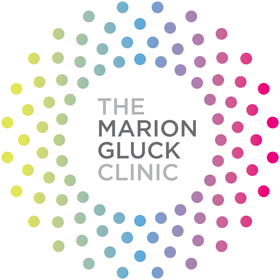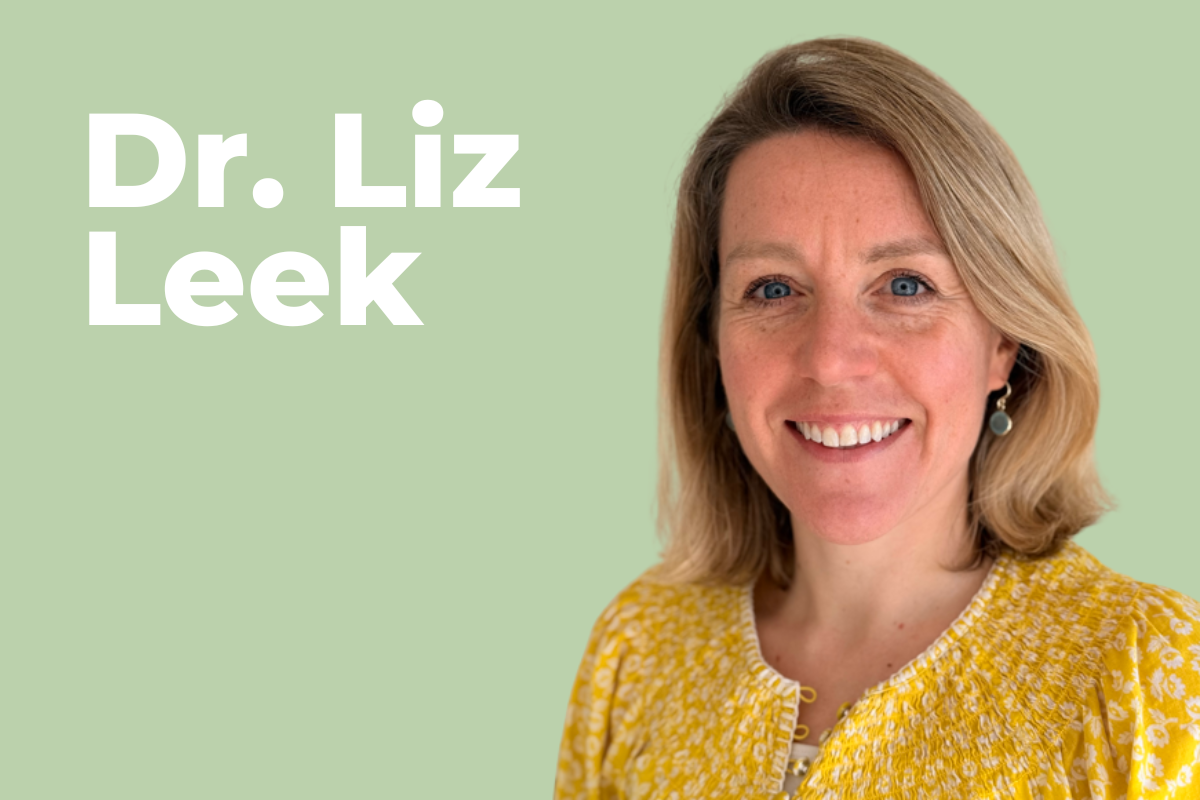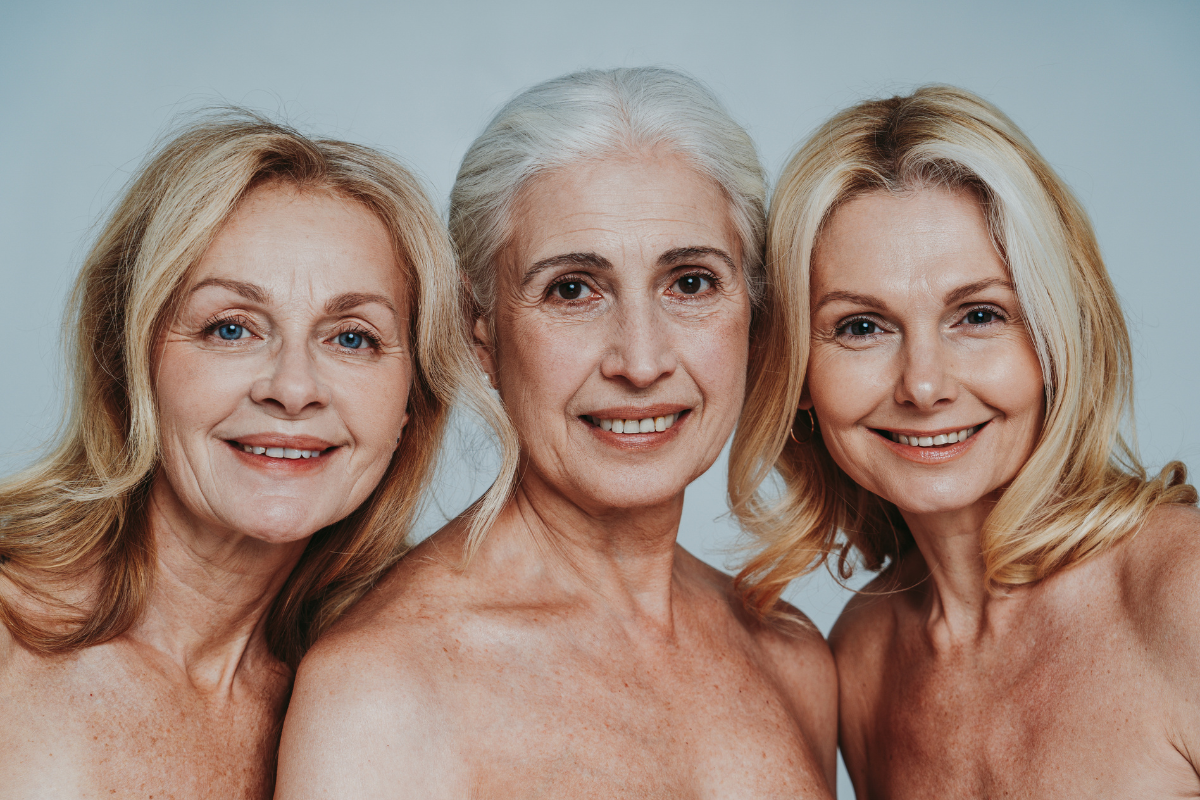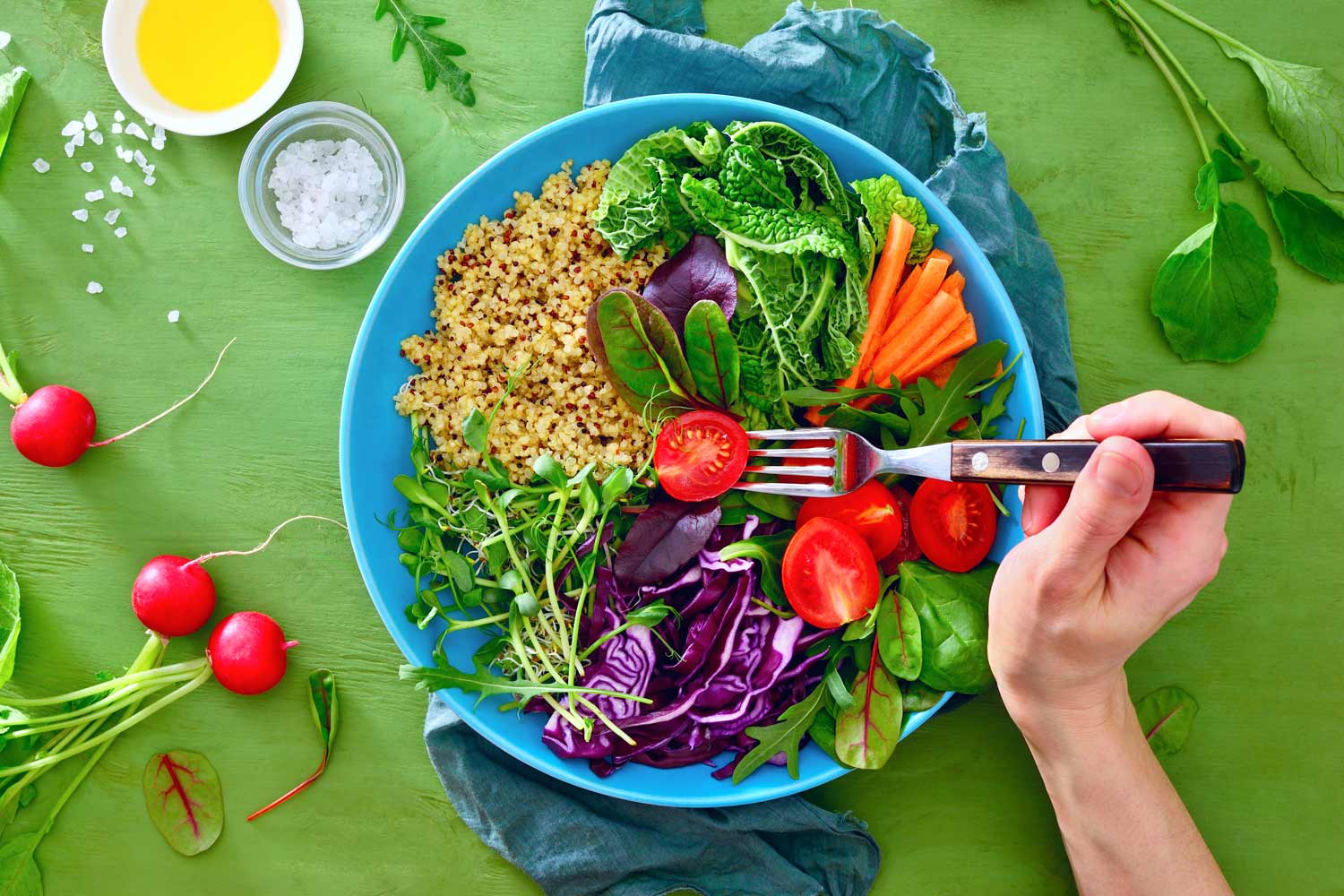
We have all heard the phrase ‘food is fuel’ – but what does that mean? A bit like a car, we need fuel in order to function. However, while cars require petrol or diesel, we require food! So, how does food affect our hormones? Food provides the nutrients we need to maintain healthy body systems, including the production, metabolism and detoxification of hormones. Therefore, if we don’t get enough of the right nutritious foods, our hormone balance can suffer.
Why Does Food Have Such A Big Impact On Hormones?
There are around 200 different hormones in the human body. These are chemical messengers that control a number of systems, such as our metabolism, the immune system, menstrual cycle and reproduction. Consuming certain foods can provide the nutrients that we need in order to facilitate the production of hormones.
How Does Food Affect Hormones? An Important Example
Steroid hormones – including testosterone, estrogen and progesterone – contribute to the normal function of all of the above systems and more. They are among the most important and active hormones within the body. But did you know that they are synthesised from cholesterol?
Dr Ghazala Aziz-Scott, Hormone Specialist at the Marion Gluck Clinic explains: “Unfortunately, cholesterol has a bad reputation because having high levels in your blood can cause cholesterol plaque build up, furring the arteries and leading to heart disease. However, having too little cholesterol can also negatively impact your body. For example, women who have extremely low body fat may suffer from an absence of periods (amenorrhea) and infertility. This is because there is not enough cholesterol for the body to synthesise estrogen and progesterone, which are essential hormones within the reproductive system.”
Extreme Dieting And The Effects On The Endocrine System
Due to food containing cholesterol, as well as other undeservedly infamous food groups such as carbohydrates being portrayed so poorly in the media, we have seen the emergence of diets that cut these foods out completely, such as low fat and keto. Often, these diets are unsustainable, cutting out major food groups over a period of time for an ‘instant weight loss solution’. Most of the time, people who undertake these diets find that they put weight back on following the end of the diet, as the body clings onto its energy sources in case of another period of nutrient starvation- the so called yo-yo dieting syndrome.
Not only that, but the impact of extreme dieting can have a significant impact on the endocrine system. Instead of following an extreme or crash diet, the focus should be on maintaining a sustainable diet filled with nutritious, unprocessed wholefoods from a wide range of food groups. Below, we have listed the nutrients and foods that should be included in a well-rounded diet that has the ability to maintain balanced hormone levels.
What Should I Eat To Balance My Hormones?
The Anatomy Of A Hormone Balancing Plate
While we talked earlier about how cutting out certain foods can have a negative effect on the endocrine system, it is also possible to over consume ‘good’ foods, which is why it is important to eat a diverse, balanced diet. This will ensure that your body receives the nourishment it needs to maintain a healthy endocrine system, help your hormones function optimally and maintain a sensible body weight.
We have put together the ideal anatomy of a hormone balancing plate – one which contains the recommended amounts of the important foods that you need for sustaining good hormone function.
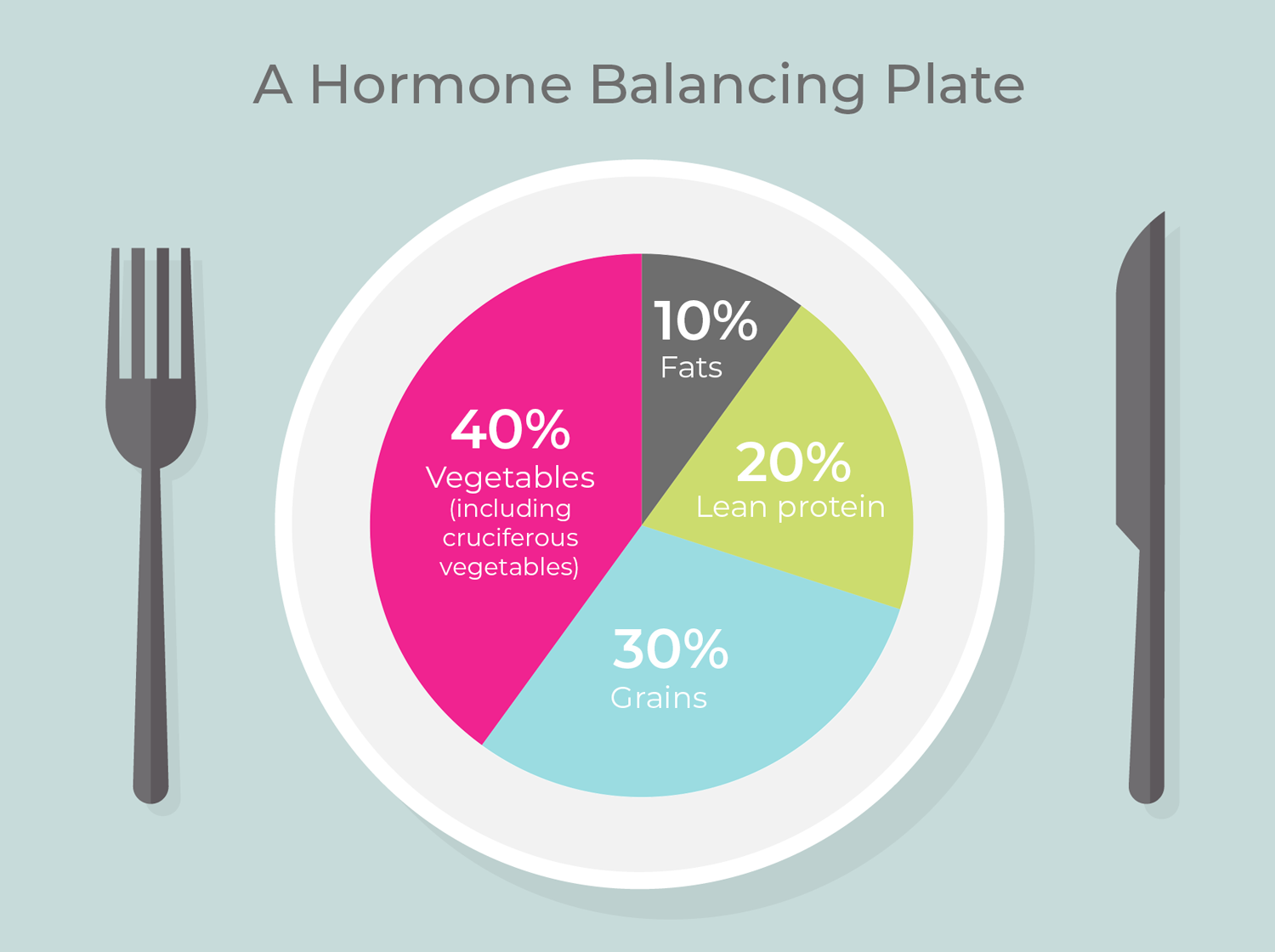
This plate should comprise a third to a half of vegetables, including cruciferous vegetables, 30% wholegrains, 20% lean protein, and 10% fat. While it may not be possible to get the percentages right for each meal, you should aim to consume these food groups in their respective percentages each day.
Organic Fruit And Vegetables
Non-organic produce can contain pesticides such as glyphosate, which act as hormone disruptors, negatively affecting fertility. Buy organic where possible, and look out for non-GMO foods, as these are exposed to less glyphosate.
It can be expensive to buy only organic foods, which is why the ‘dirty dozen’ list was created – this is a list of fruit and vegetables that should only be consumed organically, as they are more prone to absorbing pesticides, but it also details produce that it is not totally essential to eat organic if resources do not allow.
Alongside eating organic, it is also important to avoid purchasing food that is plastic-wrapped. Bisphenols in hard plastics (such as drinking straws and water bottles) and phthalates in soft and flexible plastics are endocrine disruptors, which means that they interfere with the normal functioning of the endocrine system. Use glass, paper or other natural materials to store your foods, if possible, and certainly avoid microwaveable meals, as the plastic contains toxic chemicals which leach into the food during the microwaving process.
Prebiotic And Probiotic Foods
The gut not only produces certain hormones, but also detoxifies hormones such as estrogen. Therefore, it is important to nourish your gut with prebiotic and probiotic foods, which are designed to regulate the gut microbiome (the collection of microorganisms that live in the gut).
Probiotics are live microorganisms that can be ingested to benefit the gut. They are often found in fermented foods, including yoghurt, miso, kefir, sauerkraut, kombucha and kimchi. Prebiotics are consumed by probiotics to encourage growth and activity. These include garlic, asparagus, banana, leek, tomato and oats.
Phytoestrogens
Phytoestrogens are dietary estrogens that are found in certain plants. They have the ability to modulate estrogen, so whether you are in an estrogen dominant or deficient state, they may be beneficial for your diet. Sources of phytoestrogens include flaxseed, chia seed, fennel, lentils, pulses, alfalfa sprouts and licorice. Soy also contains a phytoestrogen called isoflavone, which can lower your risk of ischemic heart disease as well as relieve hot flushes.
Good Fats
Omega-3 fatty acids cannot be produced by the body, so it’s crucial to include them in a balanced diet. Foods that contain omega-3 include flaxseed, chia seeds, extra virgin olive oil and avocados. Fatty fish is also a great source, with the most potent being those in the ‘SMASH’ acronym: sardines, mackerel, anchovies, salmon and herring.
Omega-6 is also essential for cell function, but it can be overconsumed in a diet that is high in fried or processed foods. It is important to maintain a balance between omega-3 and omega-6; therefore processed foods should be replaced with healthier alternatives such as nuts, chicken, eggs and seeds.
Cruciferous Vegetables
As well as being full of antioxidants that protect your body from free radicals, cruciferous vegetables also have beneficial effects on estrogen metabolism, specifically combating estrogen dominance.
Cruciferous vegetables are any vegetable within the Brassica family, which includes cauliflower, broccoli, kale and brussels sprouts. However, the highest levels of sulforaphane (the compound found in cruciferous vegetables that encourages estrogen detoxification) can be found in broccoli sprouts, which are easy to grow at home on the windowsill.
A Recipe For Hormone Balancing
Stuck for ideas on what to eat to improve your hormone balance? Here is a delicious recipe for a fresh, zingy salmon and cauliflower salad, with naturally detoxifying black rice.
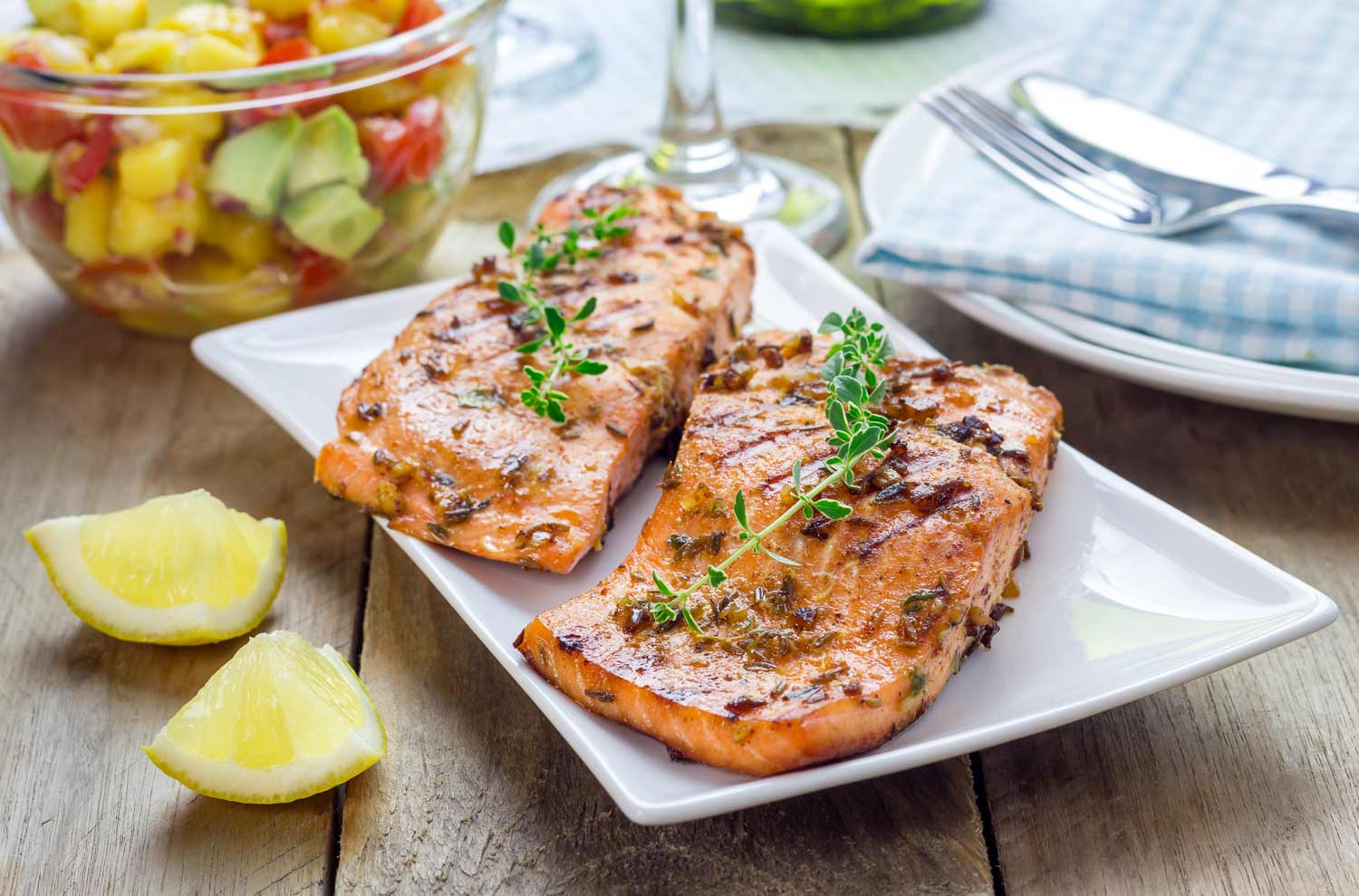
Salmon And Cauliflower Salad
Serves 2
Ingredients:
80g black rice, rinsed
1 red onion
1 cauliflower
1 tbsp extra virgin olive oil
2 small salmon fillets
1 avocado
Juice of 1 lime, plus extra wedges to serve
1 small garlic clove, crushed
2 tsp honey
25g mint leaves, shredded
Method
- Wash the rice and cook according to pack instructions. Preheat the oven to 200°C (gas mark 6).
- Slice the onion into wedges and cut the cauliflower into small florets. Line a baking tray with parchment paper, and place the onion and cauliflower on top. Drizzle with half the olive oil, then season with salt and pepper. Toss to combine. Roast for 15 minutes, turning halfway through.
- Prepare the salmon fillets with seasoning, then add them to the tray of vegetables in the oven and roast together for another 15 minutes, or until the fish is completely cooked.
- Cut the avocado in half, then scrape the flesh into a bowl and discard the seed and skin. Mash the flesh with the back of a fork to the desired consistency, then add a teaspoon of lime juice and mix together.
- In a larger bowl, mix together the rest of the olive oil with the remaining lime juice, garlic and honey. Stir the rice into this bowl when it has cooked, draining any leftover water beforehand. When the rice is cooked, drain, then add to the bowl and stir.
- Take the tray out of the oven, then add the cauliflower, red onion and shredded mint to the bowl and toss to combine. Divide between two plates. Flake the salmon fillets with a fork, then place on top of the salad. Serve each portion with a scoop of smashed avocado and a wedge of lime to squeeze on top.
Begin Your Hormone Balancing Journey
When considering hormone balancing, your diet is just one part of a holistic approach. Find out more about how BHRT could help in your hormone balancing journey by booking a consultation with one of our hormone specialists today.
